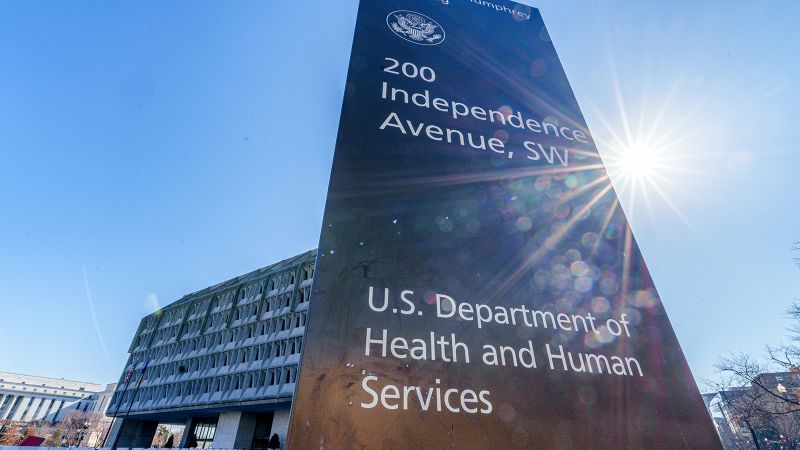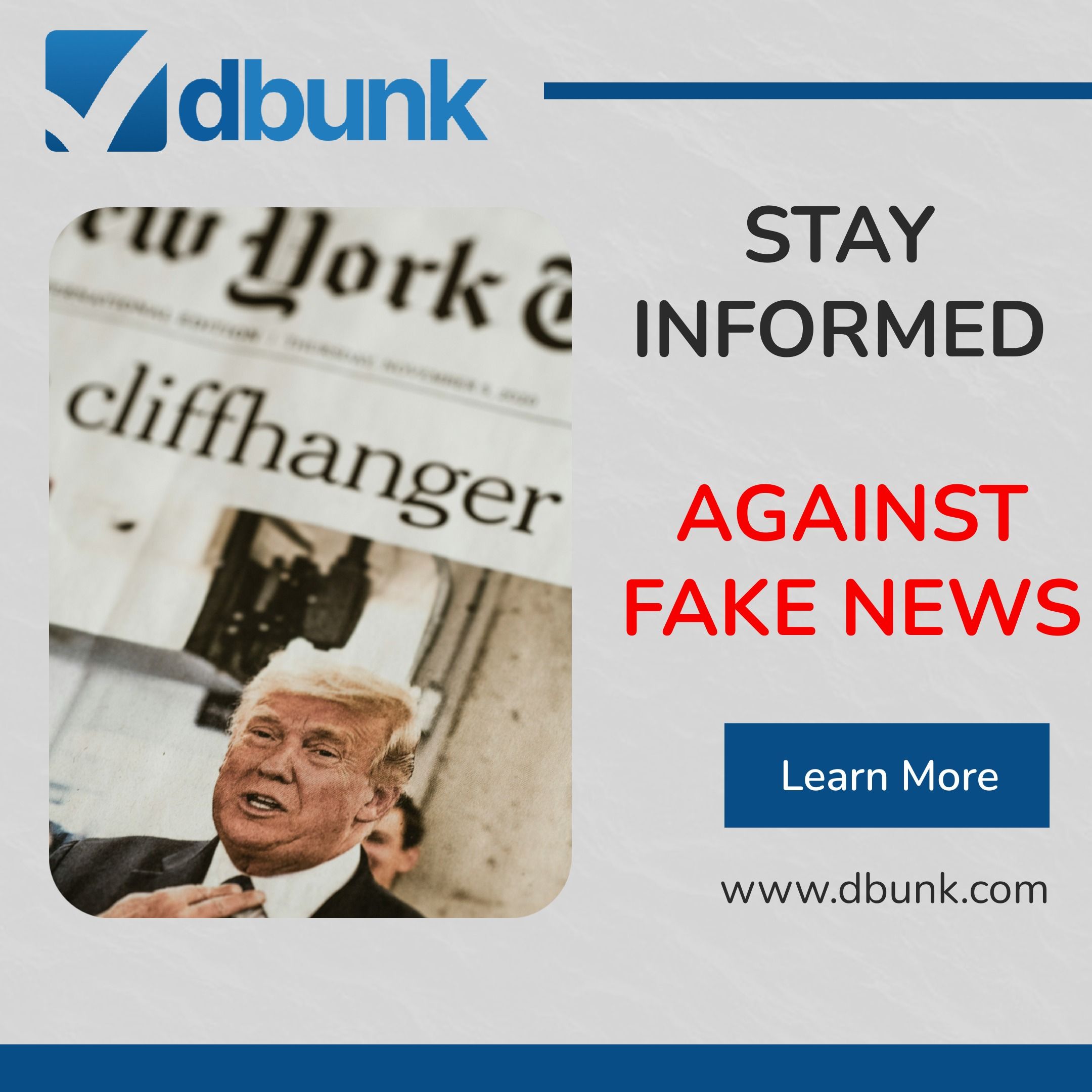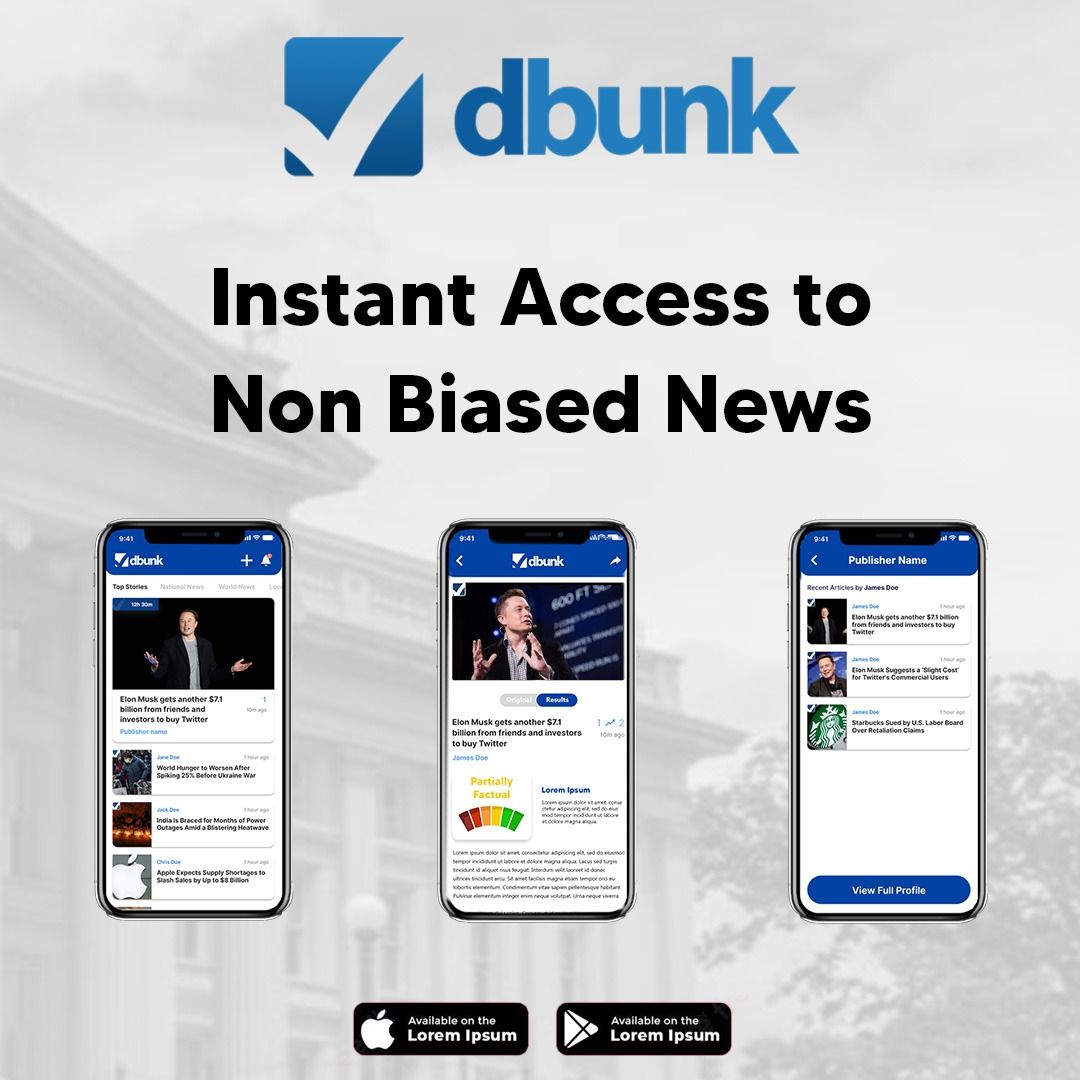
Fact Check Analysis: Trump Administration Directs Federal Health Agencies to Pause Communications
Fact check requested by a DBUNK subscriber. Want a story fact-checked? Submit your request for free, and we’ll publish the results!
The CNN article titled “Trump administration directs federal health agencies to pause communications,” published on January 22, 2025, raises critical questions and concerns about the integrity and transparency of public health communications under the Trump administration. While the article presents crucial information, it includes instances of misinformation, missing context, and speculative claims. Let’s break down what’s factual, what’s misleading, and what’s missing.
Key Issue: Was the Communication Pause Unprecedented?
One significant claim in the article states, “Another [source] said there were no similar restrictions on communications issued at the beginning of the last two administrations.” This assertion is both misleading and lacking context. It fails to acknowledge that new administrations typically enforce temporary pauses on messaging to align governmental agencies with their policies, albeit often in more limited scopes. The article provides no evidence or data comparing the Trump administration’s directive with those issued by Obama or Biden administrations, leaving readers with an incomplete understanding.

Speculative Reporting: Job Fears Among Federal Employees
The article mentions that unnamed employees were “fearful about their jobs” but fails to substantiate this claim with specifics. While such actions during transitions can create unease, painting this as a widespread sentiment without supporting data is speculative and potentially incendiary. Readers deserve stronger validation of these concerns instead of relying on general claims from anonymous sources.
Lack of Clarity: Intent Behind the Pause
The article relies heavily on reactions from public health experts and former officials but provides minimal analysis about why the Trump administration may have implemented the directive. The provided memo from Acting Health Secretary Dr. Dorothy Fink explains that the pause aimed to “ensure alignment” as the administration developed its policies. However, the article does not delve into whether such pauses are common practice in transitions nor whether this type of broad review served any practical administrative purpose beyond exerting greater control over messaging. Without this analysis, the article lacks depth in answering the very question readers are likely to ask: “Why did the administration do this, and what could it gain from it?”
Questionable Context: Reference to Trump’s First Term
The article draws a connection to the Trump administration’s previous handling of CDC reports during the COVID-19 pandemic, claiming that “political appointees pushed to change language of weekly science reports.” While this event is documented, its inclusion risks conflating the two scenarios without evidence that similar interference occurred in 2025. This contextual jump may lead readers to associate the current directive with past controversies, potentially biasing their understanding of the story.

Impact on Public Health: Overstated or Valid Concern?
The article features inflammatory remarks from Dr. Richard Besser, who claims, “Cutting off communications from CDC puts our health at risk.” While delays in information flow could theoretically have public health implications, no evidence is provided that the pause directly resulted in the suppression of critical or time-sensitive updates. In fact, an FDA communication referenced in the piece demonstrates that exceptions were made for urgent matters, such as safety warnings about the drug glatiramer acetate.

Conclusion
Our fact-check reveals that while the CNN article provides accurate information about the Trump administration’s directive, it suffers from missing context, speculative claims, and subtle bias that may exaggerate the directive’s implications. The directive itself is not unprecedented in government transitions, though the broad scope could be considered unusual. Readers should approach the article with caution and consider the incomplete information provided when evaluating its assertions.
User Inquiry: Why Did the Trump Administration Pause Public Health Communications?
The Trump administration justified the pause as an effort to align agency messaging with its policies. Such pauses are not uncommon during transitions but are typically narrower in scope. The administration stands to gain greater control over public narratives, ensuring consistency with its platform, but risks delaying critical public health updates if micromanagement persists. Whether this pause was a strategic necessity or a political maneuver remains a contentious topic.
Fight Misinformation with DBUNK
Concerned about fake news? Join a growing community dedicated to truth and justice. Stay informed, stay empowered — and check back soon for the launch of the DBUNK app!

